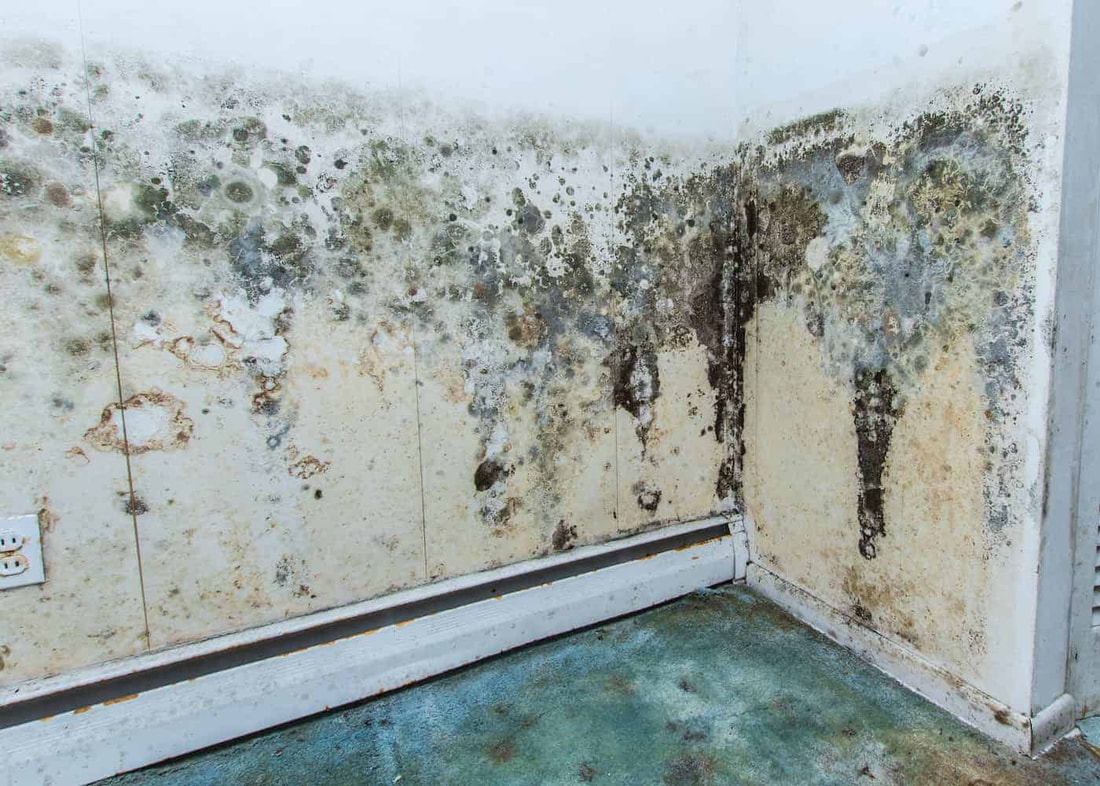|
Toxic Mold and How It Destroys Lives By Pierre Mouchette | Bits-n-Pieces Toxic mold can affect your health in many ways. Research has discovered that while some forms of mold are benign, others can be highly toxic. Although mold exposure will not cause sudden death, its cumulative effects can be dangerous, incapacitating, and sometimes even fatal.
The Allergenic Impact of Toxic Mold According to the CDC, people who are sensitive to mold can experience the following issues:
Toxic Mold and Bronchial Problems Exposure to toxic molds is linked to many lung issues and is known to trigger severe asthma attacks in adults and children. Because mold irritates the bronchi as well as the tiny bronchioles in the lungs, mold exposure often leads to the development of chronic bronchitis. Specific individuals also develop pneumonia, a painful and potentially fatal lung illness resulting from breathing in mold spores. It occurs because mold particles are often so minute they cannot be expelled by coughing, and they then become lodged deep in the lungs, where they damage tissue and cause infection. Black Mold Toxic black mold (Stachybotrys chartarum), which typically grows on water-damaged cellulose-rich building materials (like wood and cardboard), has also been linked to another form of fatal respiratory illness implicated as a cause of pulmonary haemosiderosis (bleeding from the lung) in children. Skin Infections and Toxic Mold Exposure Mold can develop uncomfortable skin conditions like eczema and dermatitis and cause dangerous skin infections. When certain types of mold enter the skin through a puncture wound or scratch, they can cause a disease known as sporotrichosis. For many people, sporotrichosis results in painless but unsightly red, firm nodules on the skin. These nodules sometimes develop open sores (ulcers) that do not heal without medical intervention and lengthy treatment. Physical and Neurological Symptoms Related to Toxic Mold Exposure Some varieties of mold, such as toxic black mold, contribute to a range of troubling physical and neurological conditions. Mold exposure has been linked to cases of chronic anxiety and depression. Black mold sickness leads to chronic fatigue and joint pain. Disclaimer: TSI takes pride in being your source for your Life Knowledge information. The information and statements in this article are for educational purposes, not intended to replace a one-on-one relationship with a qualified health care professional, and are not intended as medical advice. RPE does not dispense medical advice, prescribe, or diagnose illness. The information given is intended to share knowledge and information from the research of the TSI Team. We encourage you to make your own health care decisions based upon your research and in partnership with a qualified healthcare professional. Comments are closed.
|
Archives
May 2024
|
